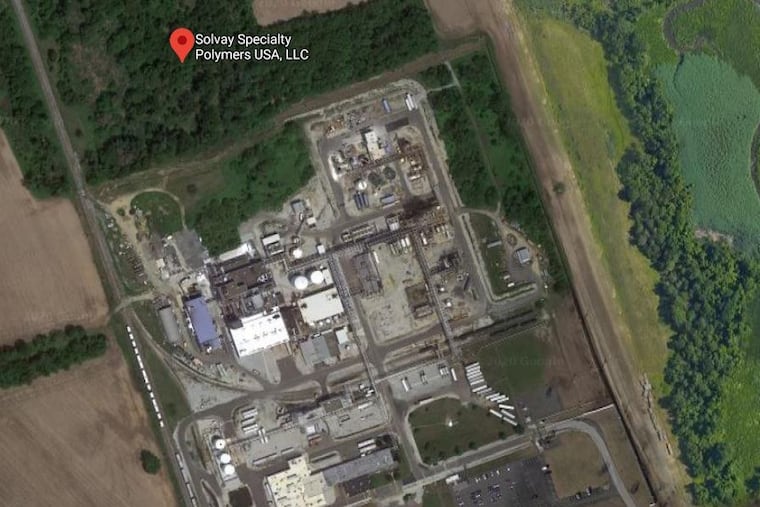Previously unidentified chemicals discovered across S. Jersey, linked to plant that used PFAS
Scientists have discovered the widespread presence of previously unidentified chemical compounds, likely used as a substitute for highly-toxic 'forever chemicals known as PFAS, in soils across the state of New Jersey. Their toxicity and environmental impact are unknown.
